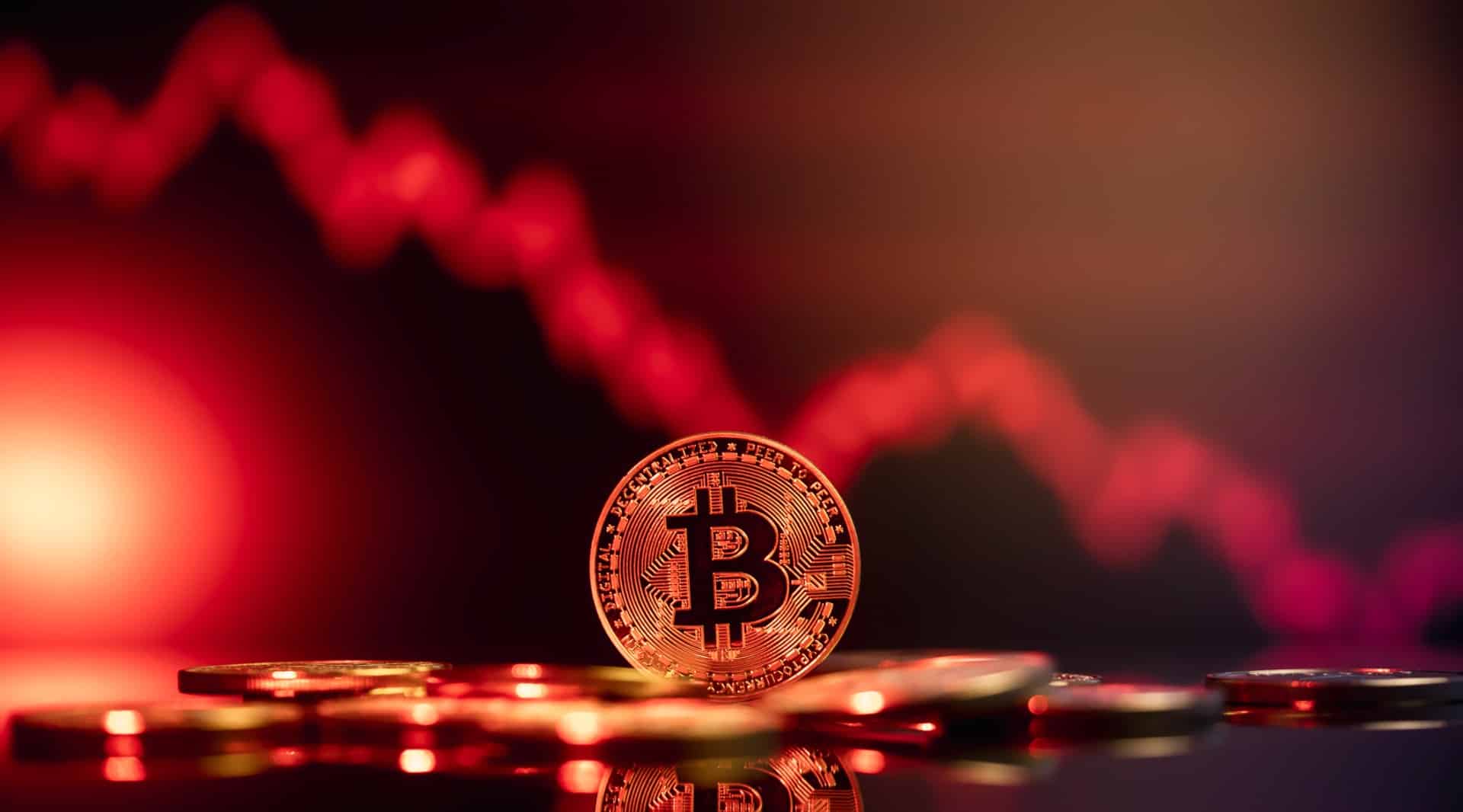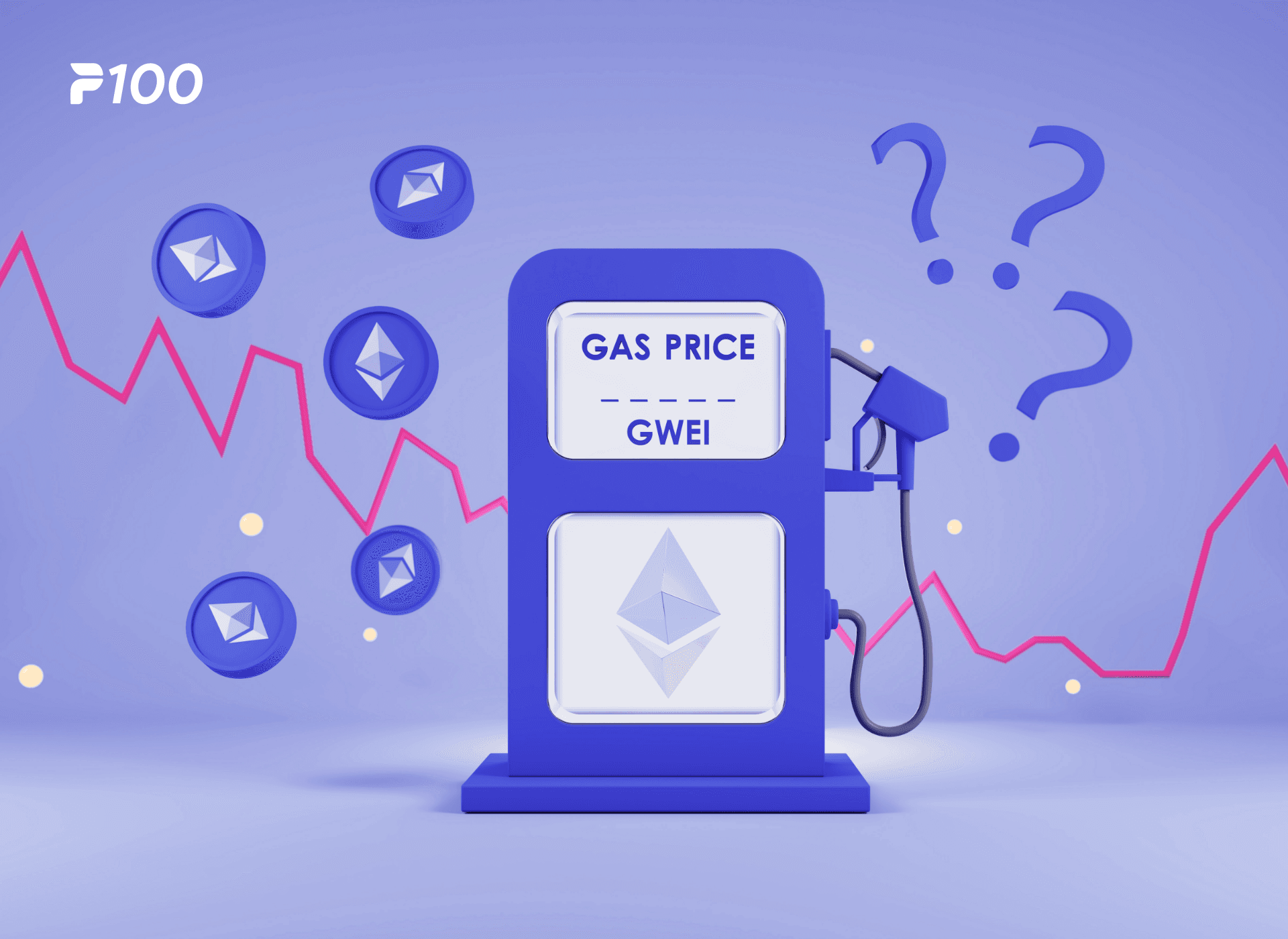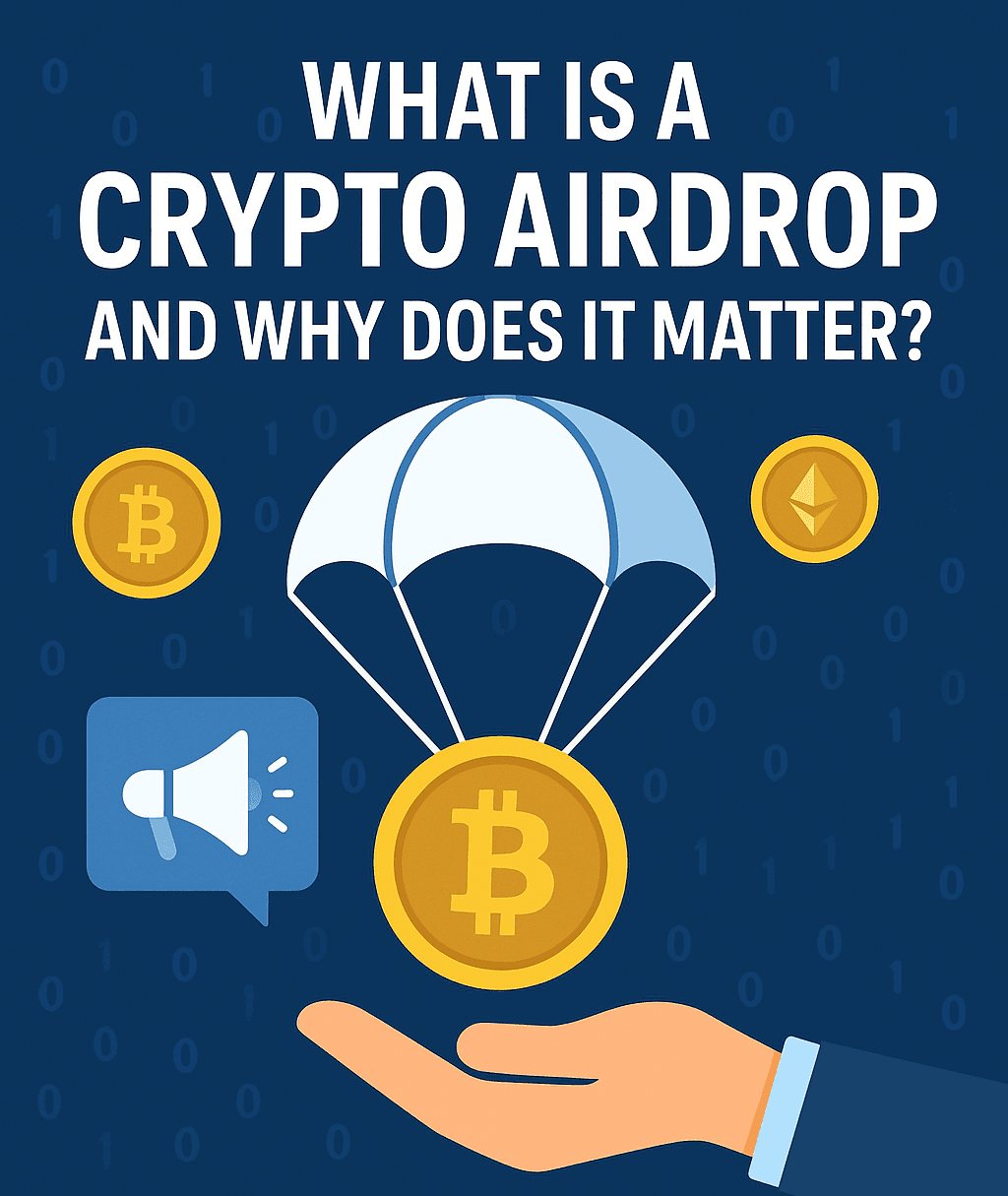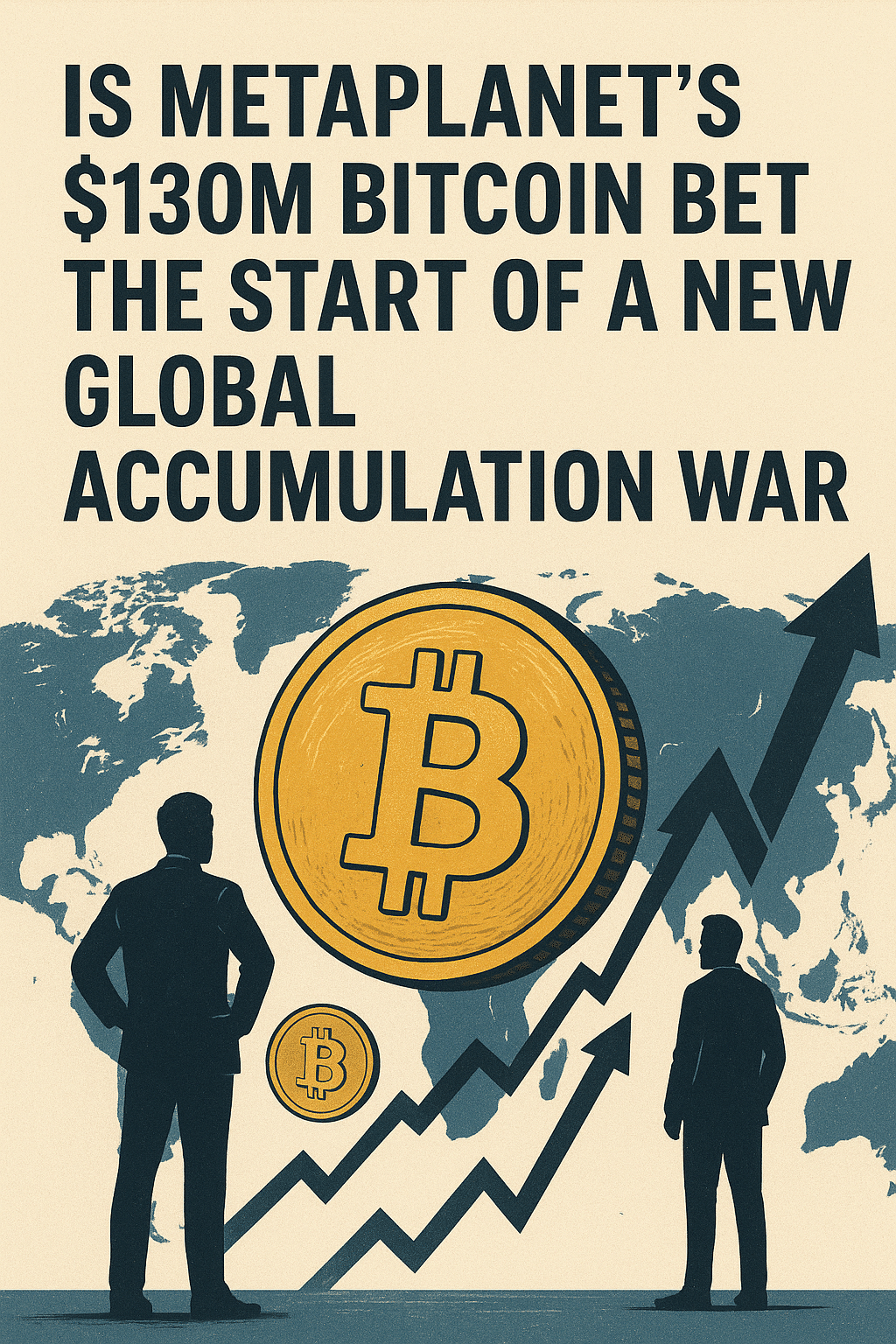Disclaimer: This article is for informational and educational purposes only. It does not constitute financial, investment, or legal advice. The cryptocurrency market is highly volatile, and you should always conduct your own research (DYOR) and consult with a qualified professional before making any investment decisions.
On Chain vs Off Chain Cryptocurrency Transactions:
If you’ve ever sent crypto, you know the feeling. That slight rush of anxiety mixed with excitement as you hit ‘send’ and then… you wait. You refresh the page, watching for the confirmation to appear. What’s actually happening in those moments? You’re witnessing the profound difference between on chain vs off chain transactions, the two fundamental ways value moves in the world of crypto.
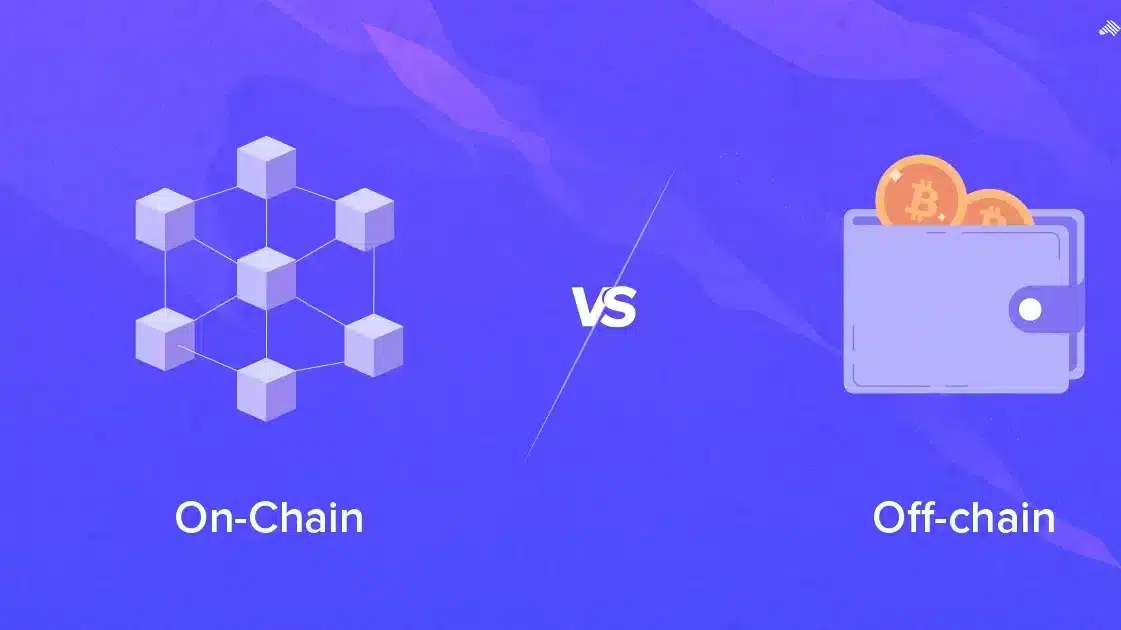
Let’s paint a picture. An on-chain transaction is like getting the official, gold-stamped deed to a new house. It’s a public ceremony where the transfer is etched into a permanent government record for all to see. It’s slow, a bit formal, but its authority is unquestionable. An off-chain transaction? That’s like running a tab at your favorite local cafe. You grab a coffee, a sandwich, maybe a pastry—each one a tiny transaction—and the owner just jots it down in their notebook. It’s fast, easy, and based on trust. Only when you settle up at the end of the week does a single, final payment happen.
Both get you what you want, but their journeys are worlds apart.
On-Chain vs. Off-Chain Cryptocurrency Transactions: Key Differences Explained
So, let’s break down the onchain vs offchain dynamic, coffee-talk style. When you strip away all the jargon, it really comes down to a handful of core trade-offs:
| Feature | On-Chain Transactions (The Official Deed) | Off-Chain Transactions (The Cafe Tab) |
| Speed | Deliberate & slow (minutes, sometimes hours) | Instantaneous |
| Cost | Can be expensive (you pay for the network’s security) | Extremely cheap or free |
| Security | Fort Knox-level (secured by the entire blockchain) | Depends on the “bartender” (a third party or L2 protocol) |
| Transparency | Radically transparent (publicly verifiable) | Private (kept on a private ledger) |
| Finality | Absolutely irreversible once confirmed | Can be reversed in some systems |
What Are On-Chain Cryptocurrency Transactions and How Do They Work?
So, what does on chain mean? At its heart, the onchain meaning is simple: the transaction is happening directly on the blockchain’s public ledger. It’s the real deal.
Imagine you’re sending a precious package. The journey of your on chain transactions looks like this: you package it up and sign it (cryptographically), then hand it over to a global, decentralized postal service (the network). Thousands of workers (miners or validators) inspect your package to make sure it’s legitimate. Once they agree it is, they seal it inside a permanent, transparent box (a block) and weld that box onto a massive, unbreakable chain of previous boxes.
The incredible part is that anyone can look up the tracking number and see its entire journey. This is where a tool like Etherscan becomes your best friend. It’s a window into the blockchain, allowing you to see your on chain crypto move in real time. This on-chain world operates on hard-coded rules. For instance, the entire community can prepare for an event like what is bitcoin halving, where the reward for those who validate transactions is cut in half, because the rules are baked directly into the chain itself.
How Do Off-Chain Transactions Function in the Crypto Ecosystem?
An off-chain transaction is the clever workaround to the slow, deliberate pace of the main blockchain. It’s how crypto achieves the speed needed for everyday life. These transactions take place on a secondary layer, away from the public hustle and bustle of the main chain.
Pioneering systems like the Lightning Network have completely changed the game for Bitcoin payments by allowing users to open direct channels for instant, cheap transfers. Similarly, the entire ecosystem of Layer 2 solutions on Ethereum is designed to handle massive transaction volumes off-chain, easing congestion on the main network. Think of it as an express lane built alongside the main highway.
Main Advantages of Off-Chain Transactions
So why bother with this extra layer? What’s in it for you? The benefits are game-changers for usability:
- Instant Gratification: Transactions happen in the blink of an eye. This is what’s needed for crypto to work at a busy checkout counter.
- Pennies on the Dollar: Forget hefty network fees. Off-chain transfers cost a fraction of their on-chain counterparts, making micro-payments not just possible, but practical.
- Unlocking Scale: Blockchains can only handle so many transactions at once. Off-chain solutions break through that ceiling, allowing for thousands of transfers per second.
Limitations and Risks of Off-Chain Transactions
But here’s where we need to be clear—there’s no free lunch in crypto. The off chain vs on chain choice comes with serious considerations.
A common misconception is that off-chain systems are just as secure or decentralized as the main blockchain. That’s simply not the case. Their security relies on a different set of assumptions, whether it’s the code of the Layer 2 protocol or, in the case of a centralized exchange, the integrity of the company running the show. You are trading the near-absolute security of the main chain for speed and convenience.
On-Chain vs. Off-Chain: Which Is Better for Your Crypto Transfers?
So, the million-dollar question: which one should you use?
Think of it like choosing a vehicle. You wouldn’t use a massive armored truck to go grab a coffee, and you wouldn’t use a scooter to move your life savings.
- Go On-Chain when it truly matters. For large, life-changing sums of money, for moving funds into deep cold storage, or for direct interactions with smart contracts on blockchain, on-chain is the only way. Its security and finality are paramount.
- Go Off-Chain for your daily grind. For buying a coffee, paying a friend back for lunch, trading frequently, or any small, time-sensitive payment, off-chain is your best bet. It’s built for speed and volume.
Real-World Examples of On-Chain and Off-Chain Transactions
Let’s make this tangible.
- On-Chain Scenario: You’ve just bought your first serious amount of crypto on a platform like Zavros Network. Now, you decide to move it to your own secure hardware wallet. The moment you click ‘withdraw’, you initiate an onchain crypto transaction. You can watch its journey on a blockchain explorer, and when it arrives, you feel the profound sense of true ownership. No one can touch it but you.
- Off-Chain Scenario: You’re on a crypto exchange, and the market is moving fast. You see an opportunity and swap your Bitcoin for Ethereum. That trade happens instantly—a flash on your screen. That’s an off-chain transaction, executed within the exchange’s private books. The blockchain has no idea it even happened. The only time the chain gets involved is when you deposit funds onto the exchange or withdraw them out.
Final Thoughts: Choosing Between On-Chain and Off-Chain Transactions
Ultimately, the onchain vs offchain discussion isn’t about a battle for supremacy. It’s about a symbiotic relationship. On-chain is the bedrock, the ultimate source of truth and security that gives cryptocurrency its revolutionary power. Off-chain is the layer of innovation that sits on top, providing the speed and user experience needed to bring this technology to the entire world.
Understanding the difference doesn’t just make you a smarter crypto user—it gives you a deeper appreciation for the elegant, multi-layered solution being built to power the future of finance.
About the Author
Alex Carter is a Crypto Content Specialist who has been writing about technology and finance for over five years. With a background in breaking down complex systems, Alex focuses on making the world of blockchain and decentralized finance accessible to everyone. You can find more of their work on this site or connect with them on X (formerly Twitter) and LinkedIn.
